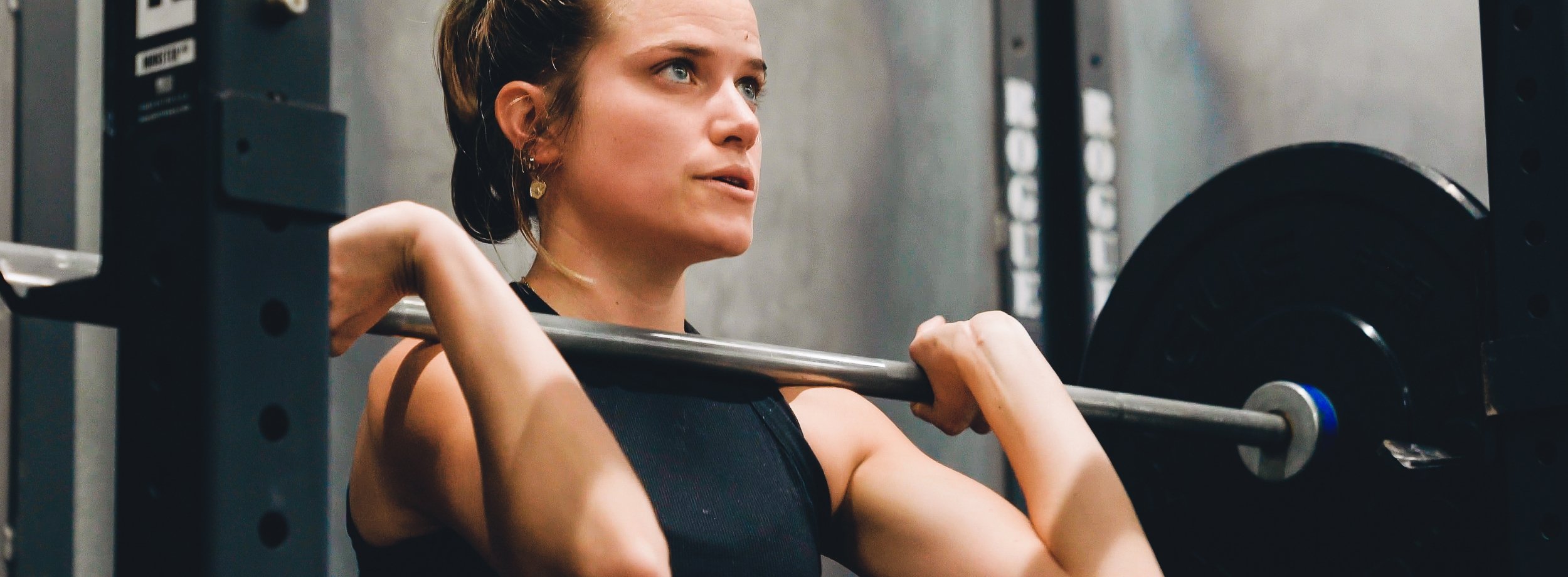Practice vs. Training
may 10, 2020 | WORDS BY MATT DELLAVALLE
So you want those DUBS do you?
Ever wonder why when you’re in the middle of a workout you can seem to get those dang double unders, remember your footing on the rope, or nail the transition on your muscle-up? Well, let’s think about it for a second...hearts racing, you’re probably tired or getting tired, adrenaline in pumping, and your mind is telling you go, go, go! You’re in a pretty high stress environment. This is a good kind of stress though. A type of stress that promotes physical and mental adaptation -- if you broke it down, your body and mind are changing at the cellular and hormonal level. You, my friend, are getting fitter. Well, then why when you go to pick up the rope, finding your J-hook on the rope climb or transition through the rings aren’t those things coming along for the ride. Don’t worry -- it’s not because the fitness gods are spitting you. It’s simply the difference between training and practice. Let’s discuss.
First, let’s talk about training…everybody’s fave!
This is the good stuff, the rough stuff, the down and dirty on the floor after a workout tough stuff. In training, you are exposing your body to all these different elements and stimuli, and you are demanding (through sheer work) that your body change. Ever watch CT Fletcher curl some dumbbells? I COMMAND YOU TO GROW! He yells furiously at his arms. Now, we all don’t have 24” pythons like CT but in training we are doing the same thing with our bodies. You are commanding it to grow. That growth occurs and it can be measured under a microscope. Biophysical markers change and adapt. Your body is responding to training.
“But MDV...double unders, rope climbs, and muscle-ups are all training...aren’t they?”
Well, yes, but hear me out. These three examples (as well as a host of others) are movements that get better with practice. They demand a neurological change to occur. Something needs to change in your body for sure but it’s much more to do with your mind. Still with me? Ok, think about when you first learned how to ride a bike. You likely started off slow with training wheels. Then after some practice you took the training wheels off and started the journey toward mastering the balance and coordination necessary to both pedal, and stay upright, and steer, and not look down, and turn, and not fall...etc. Slowly, neurological changes started to occur. Your coordination, balance, and accuracy are all improved. Did anything physically change in your body? Probably not...you simply honed the skill in the right environment and mastered the mind-muscle connection necessary to ride a bike.
Back to Double Unders!
Double unders are largely a test of your coordination, balance, and accuracy. These skills need to be honed in a chill environment. You need to practice, and you need to breathe. You need to be intentional and stay calm. They may not come to you all at once but through some regular practice you will get better. If you’re only ever picking up a rope when your heart rate is at 150BPM and you’re gasping for air...you’re probably not gonna love your results. Learning a skill during training is an uphill battle.
Here’s how to bring this to life in the gym…
First, talk to a coach. Have them take a look at where you are and give you a few tips for your practice. Then for the next month, try to practice your double unders (or any other movement that is skill driven) for 3:00-5:00 in a low stress environment, 3x per week. This means breathing smoothly and focusing intently on what you need to do (spin faster, jump higher, work on your timing). If you miss, it’s ok, try again. And again. And again. After 3:00-5:00 put the rope away and try again tomorrow. After a couple of weeks, you are bound to see improvement. If doubles show-up in a workout, try something different every time. Try double attempts, singles, 2-1-2 drills, penguin hops, plate hops, tall singles, etc. Mix it up in your workouts and practice when you’re calm.
Happy Double-Undering, Friends!





